For both commercial and home gardeners who seek to propagate carrots, it’s necessary to know what carrot sprouts look like. With knowledge prepared, you can learn what carrot sprouts look like, what carrot seedlings look like, and even carrot growth stages. You’ll also know when to thin, fertilize, and harvest the carrots. Furthermore, some food enthusiasts love to have carrot sprouts in culinary endeavors. The question is, what do carrot sprouts look like, and how to identify them? Let’s read on to explore.
Table of Contents
What Do Carrot Seedlings Look Like?
Carrot seedlings are characterized by their slender, upright growth and delicate, feathery foliage. When they first emerge, they appear as small, bright green shoots that resemble tiny blades of grass. As they develop, the leaves become more fern-like, with finely divided, lacy edges. Each seedling typically has a single stem that can reach several inches in height, and they often grow in clusters due to the way carrot seeds are sown. Overall, healthy carrot seedlings indicate a strong start for future root development.
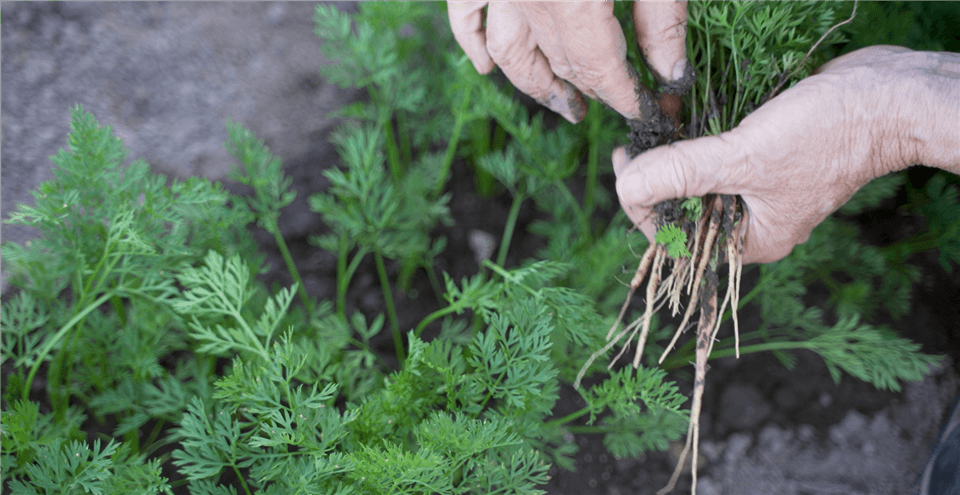
What Do Carrot Seedlings Look Like
What Do Carrot Sprouts Look Like?
Carrot sprouts typically emerge as delicate, feathery green leaves that shoot up from the soil. Initially, they are small and thin, often resembling tiny blades of grass. As they grow, the sprouts develop a more fern-like appearance, with fine, deeply lobed leaves that are bright green. The seedlings usually grow upright and can reach a height of several inches before the carrot roots begin to form underground. Overall, carrot sprouts are visually distinct and signal healthy germination, indicating the potential for robust carrot growth.
Early Carrot Sprouts
Carrot sprouts look very similar to grass but are easily recognizable once you know what to look for. Once the carrot seedlings start to germinate, the early carrot sprouts emerge from the soil as slender, green shoots with two initial leaves, often termed "seed leaves" or "cotyledons," that are small and somewhat rounded.
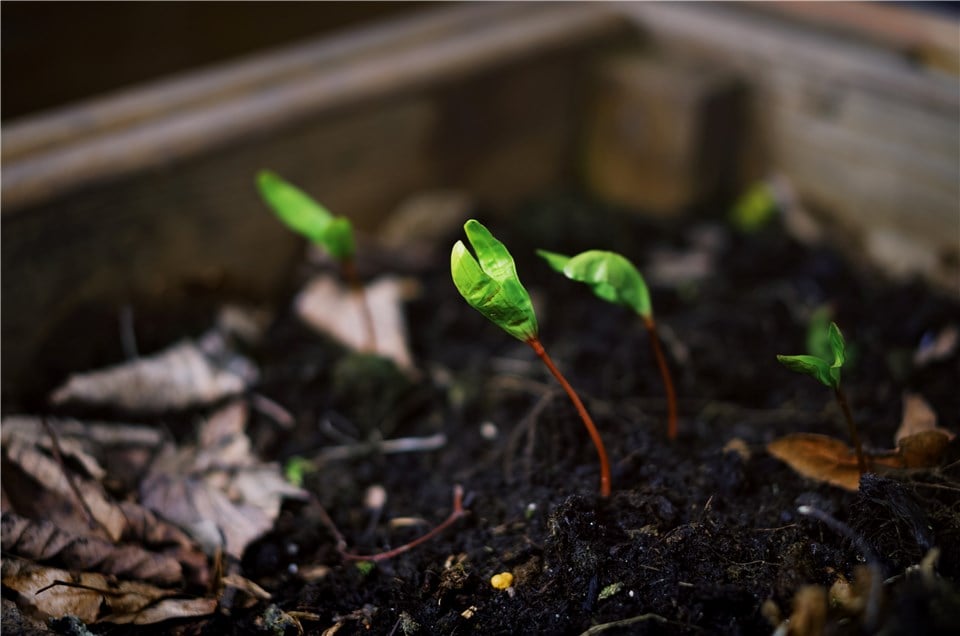
Early Carrot Sprouts
Carrot Seed Leaves
Carrot seed leaves, also known as cotyledons, appear shortly after germination and are typically small, oval-shaped, and bright green. These initial leaves are smooth and have a simple structure, lacking the feathery texture of mature carrot leaves. As the seedlings grow, the true leaves will begin to develop, which are more finely divided and lacy in appearance. The cotyledons serve primarily to provide energy for the young plant until the true leaves take over the photosynthesis process. Overall, the seed leaves are an important indicator of healthy germination and growth in carrot seedlings.
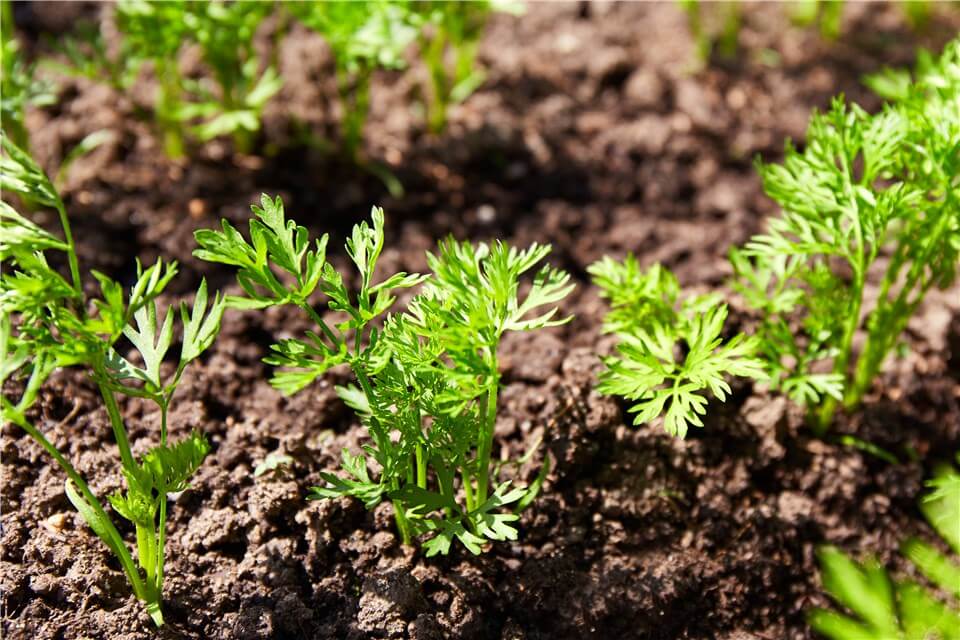
Carrot Seed Leaves
Carrot True Leaves
Following the seed leaves, the next set of leaves—known as "true leaves"—start to appear. And this is what we focus on. These carrot sprouts have a feathery appearance, resembling the foliage of mature carrot plants or even resembling parsley, to which carrots are related. These are usually finely divided and are a bright green color. Initially, carrot sprouts may only be a few inches high, though they will continue to grow as the plant matures.
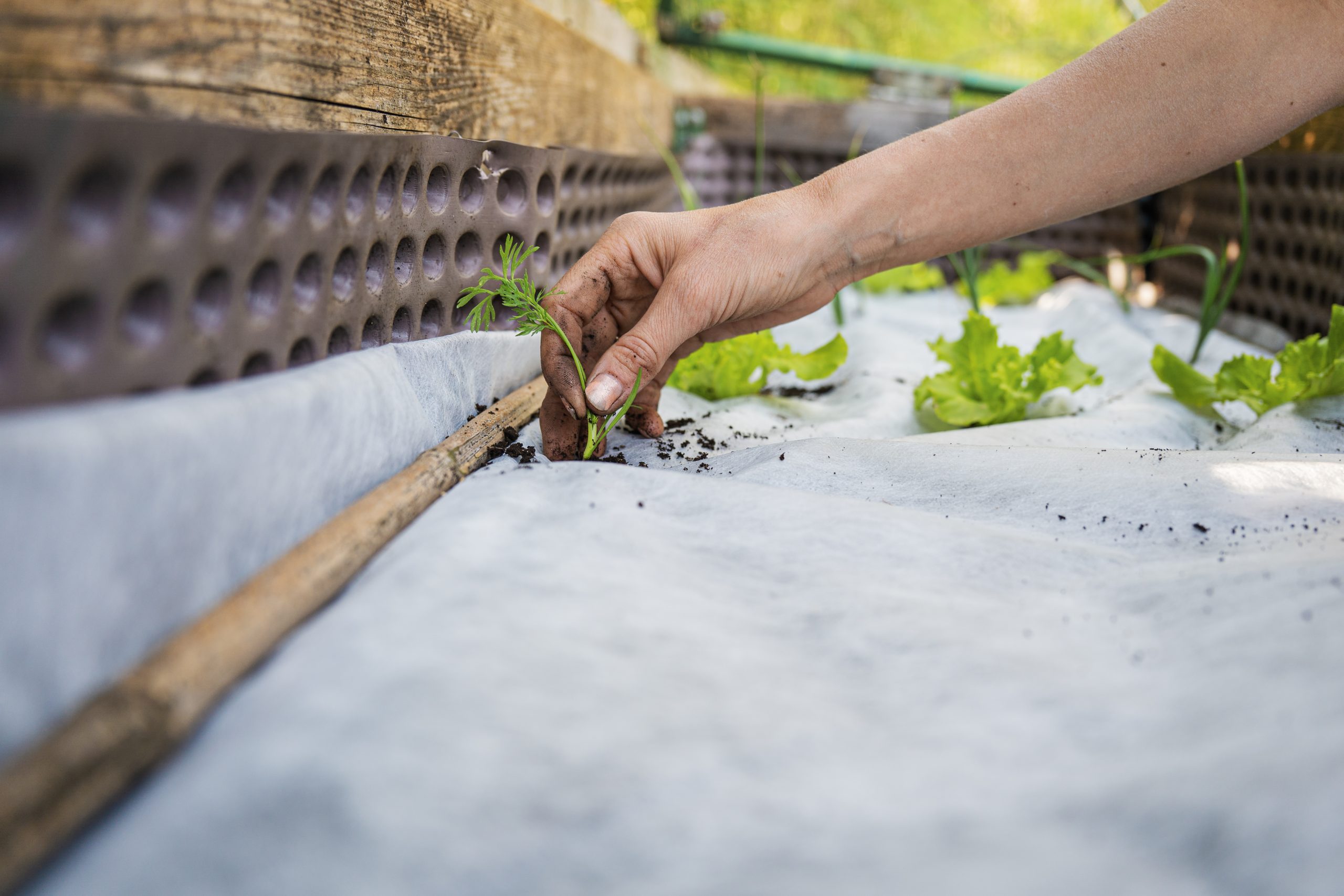
Carrot True Leaves
Carrot Sprouts vs. Grass
It won’t be a problem if you plant the carrot in a pot, however, if you are growing carrots in an open area, how to differentiate carrot sprouts from grass becomes one issue.
The three biggest differences between carrot sprouts and grass lie in the leaf shape, stem, and arrangement.
Leaf Shape: Grass typically has narrow, blade-like leaves that emerge from the soil, while carrot seed leaves tend to be more broad or fleshy.
Stem: Grass stems often lie closer to the ground, especially at the initial stages. They also tend to be hollow or jointed, unlike carrot stems.
Arrangement: Grass often emerges in clusters or tufts rather than in the neat rows you'd expect from intentionally planted carrot seeds.
Furthermore, you can know the difference by touching the plants. Grass leaves are generally more rigid and less feathery than carrot leaves.
How Long Do Carrots Take to Sprout?
Typically, it will take carrots about 7 to 21 days to sprout. That’s to say, after 14 days of plant growth, you can keep an eye on the ground and wait for signs of sprouting. However, this may vary from various factors such as soil temperature, moisture, and seed quality. In ideal conditions — where the soil temperature ranges between 60°F and 70°F (15°C to 21°C) and the soil remains consistently moist—carrot seeds may germinate closer to the shorter end of this range.
On the other hand, if temperatures are cooler or if the soil is too dry, sprouting may take longer. Patience is key, as carrots are slow to germinate compared to other vegetables, but once they do, they will continue to grow steadily into robust plants.
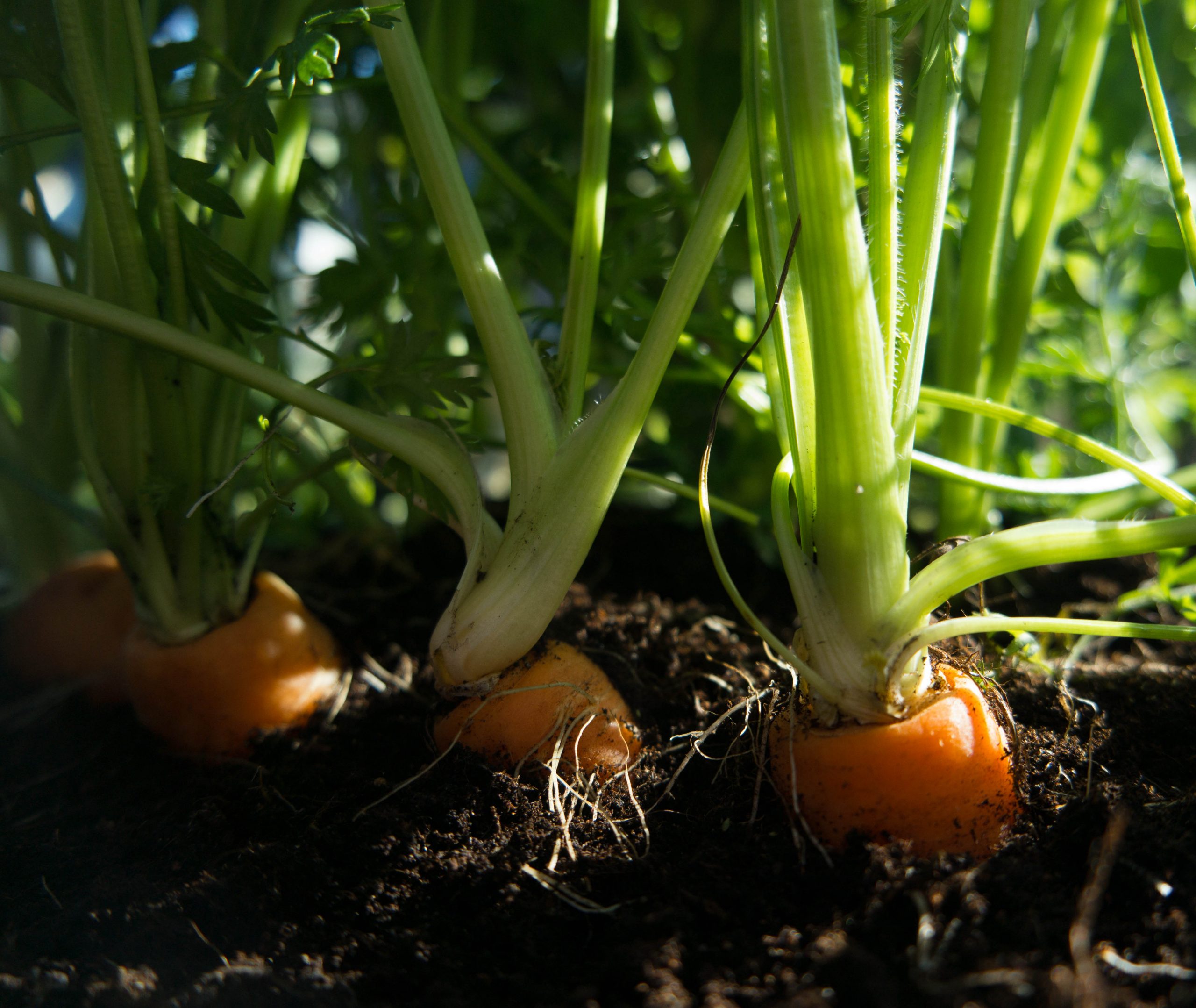
Pictures of Carrots Growing
How Do I Use Carrot Sprouts?
Carrot sprouts are not commonly consumed as sprouts from other plants like alfalfa or mung beans, largely because the focus is typically on growing the root vegetable itself. However, carrot sprouts are edible. If you're interested in using carrot sports in culinary, here are some popular recipes.
- Garnish: Carrot sprouts can be used as a decorative garnish on dishes, especially if you want to add a bit of greenery to the presentation.
- Salads: You could toss a few sprouts into a green salad for a pop of color and a slight carrot flavor. Keep in mind that the taste will be milder than the mature root.
- Smoothies or Juices: Some people add carrot sprouts to their green smoothies or juices for an extra nutrient kick.
- Microgreens: If you let them grow a bit larger but harvest them before they become full-sized plants, you can use carrot sprouts as microgreens.
FAQs about Carrot Sprouts
1. How to tell if carrots are growing?
To tell if carrots are growing, look for the following signs:
- Leaf Development: Healthy carrot plants will produce feathery, green leaves that emerge from the soil. As they grow, the leaves will become taller and more robust.
Growth Rate: Carrots typically take several weeks to germinate and grow, so monitor the seedlings for consistent upward growth. If you notice the plants increasing in height, they are growing well.
Soil Disturbance: As the carrot roots develop, you may see slight soil displacement around the base of the plants, indicating that the roots are expanding underground.
Color Change: The leaves should be a vibrant green. If they start to yellow or wilt, it may indicate issues with water, nutrients, or pests.
Top Peeking: If you gently brush away some soil, you might see the tops of the carrot roots, which can give you a hint about their size and health.
2. What are carrot sprouts?
Carrot sprouts are the initial shoots that emerge from carrot seeds during the process of germination. They start with two seed leaves, or cotyledons, followed by the growth of true leaves that are feathery in appearance.
3. Can you eat carrot sprouts?
Yes, you can eat carrot sprouts. They are generally safe to eat in small amounts and can be used in salads, as garnishes, or in smoothies.
4. What are the benefits of carrot sprouts?
While they don't pack the nutritional punch of the mature carrot root, carrot sprouts do contain some nutrients and can be a low-calorie addition to your meals. They can also add variety to your diet and may contain antioxidants.




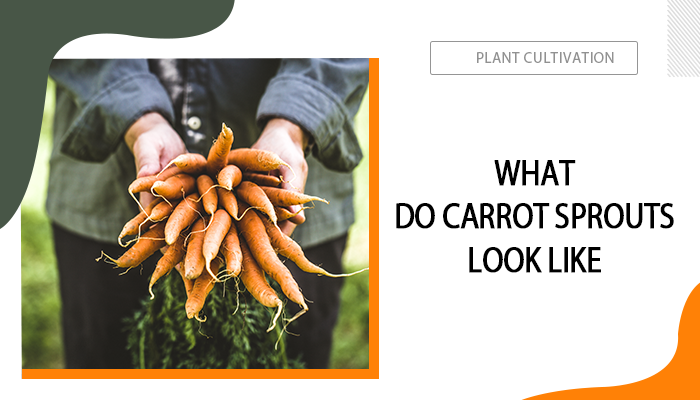


very informative and interesting Ciki. it must be in an E-book. expecting more from you.